Gardening Calories List of Vegetables From A Survival Context
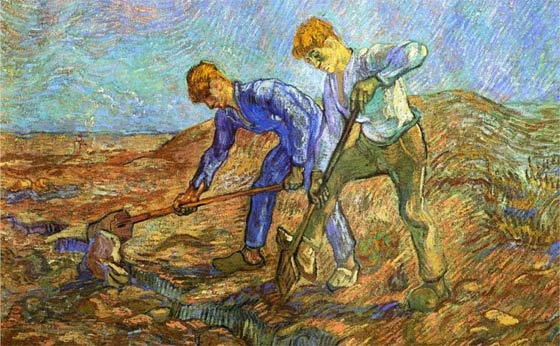
I wonder how many preppers and/or those interested in a self-sustaining lifestyle assume the following. There will be plenty of gardening calories resulting from their vegetable garden.
In other words, while deciding which vegetables to grow, among the many things to consider might be this… The number of calories that you will get from those vegetables.
Most people grow a vegetable garden purely for enjoyment and delicious yields of yummy vegetables. And that’s great! But what about those who also do gardening to yield enough in order to preserve and set on their pantry shelves? Enough to not only eat fresh, but to also supplement one’s overall food storage for later consumption.
Gardening Calories Matter For Sustainability
And lets take it a step further. What about those who may plan on gardening to be a significant or exclusive source of calories (likely in combination with other food sources, such as raising other protein foods/livestock)? This is where gardening calories becomes a pretty big deal. When there is no grocery store.
It will be especially important to maximize your caloric return for your time and effort during a time when you’re literally growing a vegetable garden to survive.
When it comes to survival & level 4 preparedness (self sufficiency), your gardening will need to produce calories. Lots of vegetables are low (and very low) in calories. But there are some vegetables that have lots more calories than others.
Number Of Gardening Calories In Vegetables
All caloric quantities in the vegetable list below have been normalized to 100 grams (3.5 ounces or about 1/4-pound) so as to compare properly.
That said, some of the foods are not typically consumed in these amounts. However the results will let you know where they are with regards to calories.
Note: Nutrition is not accounted for in this list.
The food calorie data for each item was determined based on the common method of consuming the item (some are consumed raw whereas others are typically boiled, etc..).
Gardening Calories Chart & List
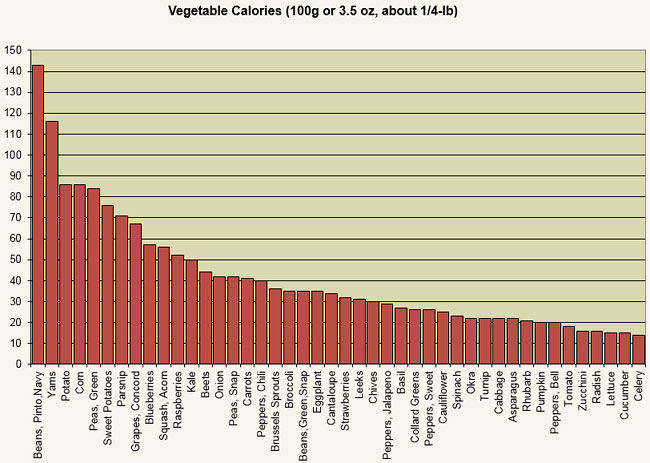
Normalized to 100 grams (3.5 ounces, or about 1/4-pound)
Beans, Pinto, Navy (143 calories)
Yams (116 calories)
Potato (86 calories)
Corn (86 calories)
Peas, Green (84 calories)
Sweet Potato (76 calories)
Parsnip (71 calories)
Grapes, Concord (67 calories)
Blueberries (57 calories)
Squash, Acorn (56 calories)
Raspberries (52 calories)
Kale (50 calories)
Beets (44 calories)
Onion (42 calories)
Peas, Snap (42 calories)
Carrots (41 calories)
Peppers, Chili (40 calories)
Brussels Sprouts (36 calories)
Broccoli (35 calories)
Beans, Green, Snap (35 calories)
Eggplant (35 calories)
Cantaloupe (34 calories)
Strawberries (32 calories)
Leeks (31 calories)
Chives (30 calories)
Peppers, Jalapeno (29 calories)
Basil (27 calories)
Collard Greens (26 calories)
Peppers, Sweet (26 calories)
Cauliflower (25 calories)
Spinach (23 calories)
Okra (22 calories)
Turnip (22 calories)
Cabbage (22 calories)
Asparagus (22 calories)
Rhubarb (21 calories)
Pumpkin (20 calories)
Peppers, Bell (20 calories)
Tomato (18 calories)
Zucchini (16 calories)
Radish (16 calories)
Lettuce (15 calories)
Cucumber (15 calories)
Celery (14 calories)
As most of you know, in general, vegetables are not very calorie dense (with some exceptions – potatoes, corn, and some others).
However, when considering a ‘survival garden’, suddenly we are concerned about calories – to maximize the garden’s output based on not only diversification of nutrition and the things that you ‘like to eat’, but it will become important to consider calories (as in ‘survival’ mode).
A vegetable garden is just one part of a sustainable system providing food for one’s household. Food producing trees. Food producing bushes/shrubs. Berries. Chickens & their Eggs. Livestock (my personal experience includes pigs).
On top of that, there’s always the risk of failure. You can try and control what you can control. But sometimes other factors will ruin it.
Low Calorie Vegetables Are Still Good!
Hey listen, I love growing my Brandywine tomatoes. OMG they are so good. However they are low in calories relative to ‘survival’. That said, I can also use them to process a lot of canned sauce, for whatever… Everything has its place.
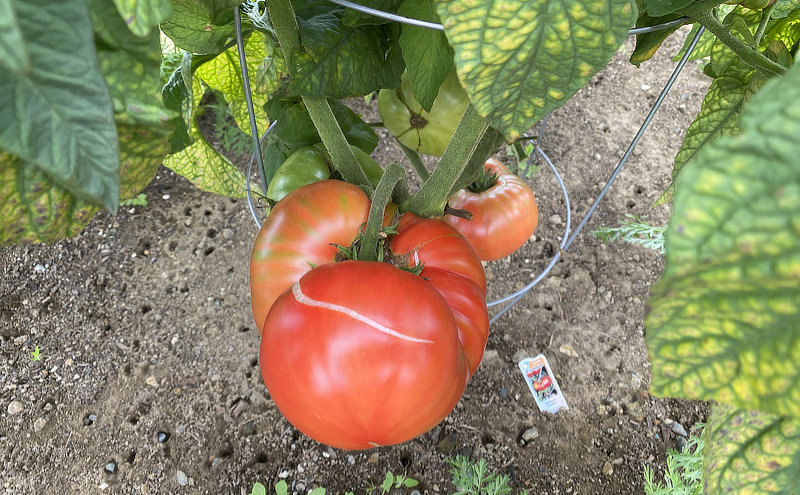
And I love growing my own delicious peppers! We freeze all the extras (lots!) in pint size vacuum-seal bags for the freezer. Enough to last for at least a year of regular consumption. Again, low in calories. But, they’re good, and nutritious.
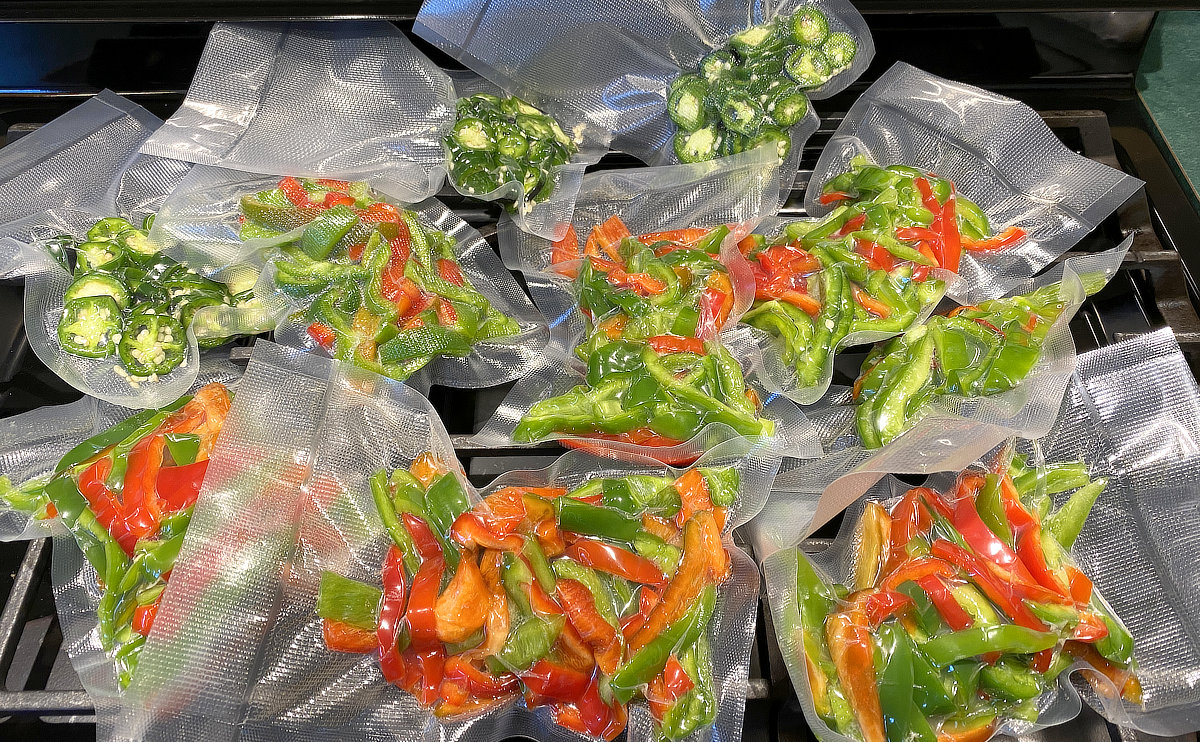
But I want you to also consider the reality of how much / how many vegetables you would actually need to grow for ‘survival’ or self-sustainability. Gardening calories matter (if that matters for you).
My ‘staple’ gardening calories crop are regular potatoes. They grow pretty well for me. I can process/can them, and also leave them in cool/dry/dark storage (lasts about 8 months for me). They are very high in calories from the standpoint of most vegetables. That would be one of my ‘go-to’ survival vegetable for my gardens.
[ Read: How To Preserve Potatoes ]
Photo: Getting to the bottom of this particular box of stored potatoes after 5 months…
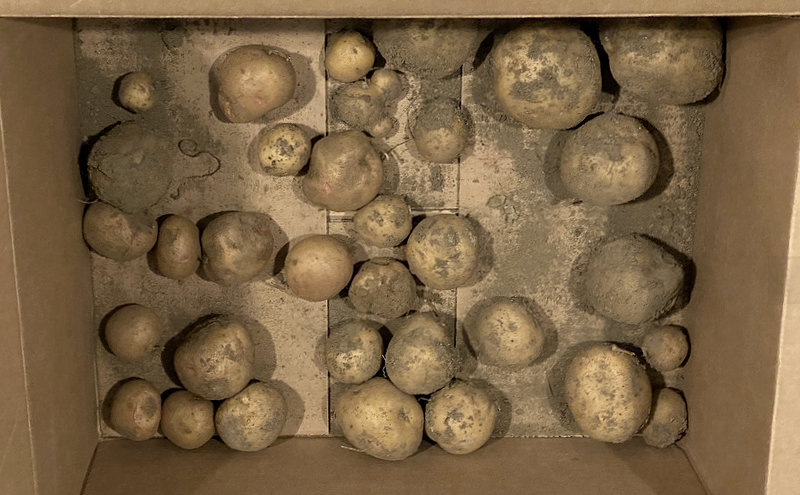
Hopefully that gardening calories list above will help you to consider your options in this regard.
The Vegetable Gardener’s Bible, 2nd Edition
(amzn)

[ Read: Vegetable Garden Yields To Expect On Average Per 100′ Row ]
[ Read: Frost Hardiness Planting Zones, And Your Growing Season ]
